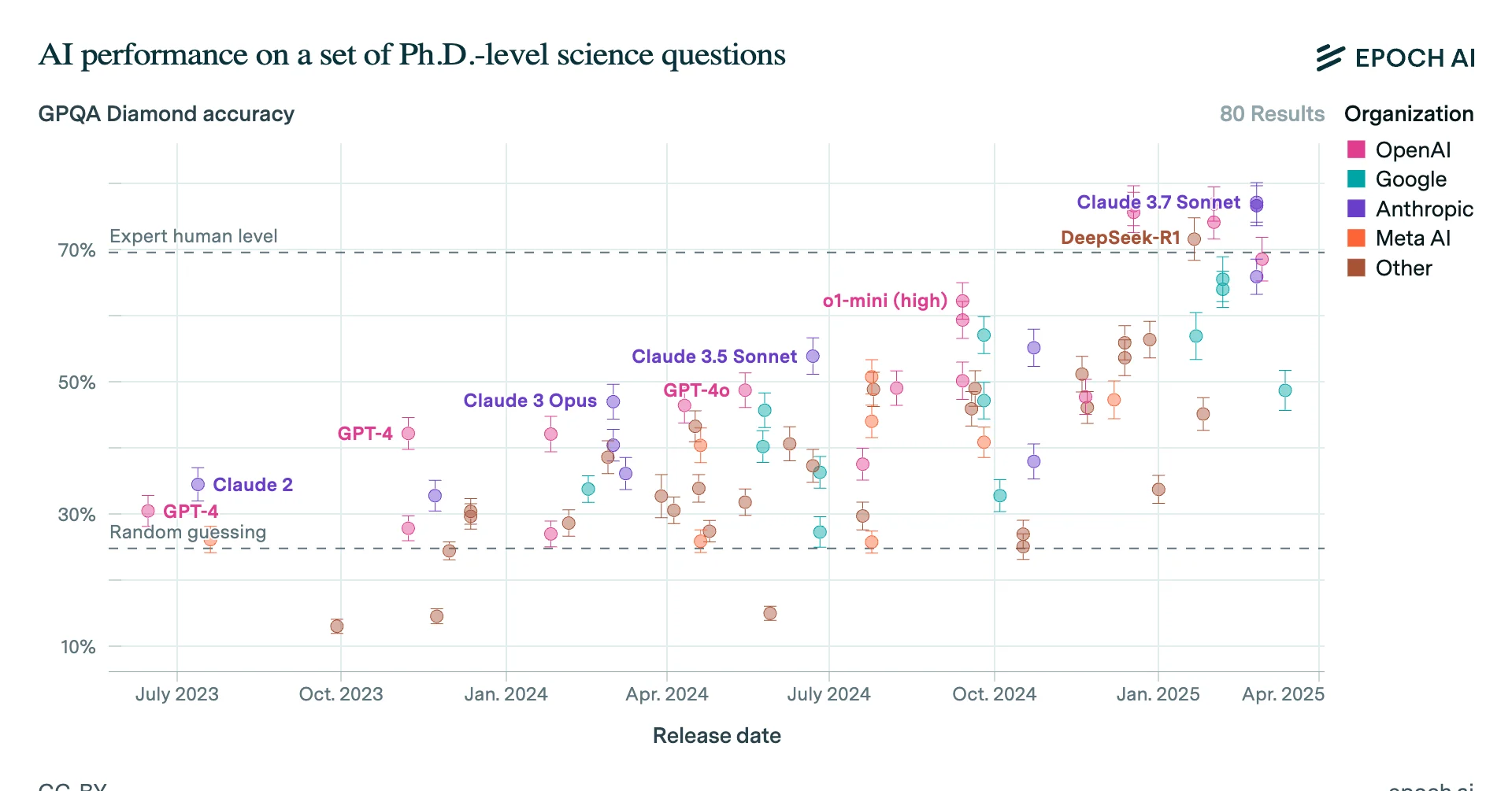Hi,
I'm new to effective altruism and just got my first paycheck from my job.
I'm confused.
On one hand, The Life You Can Save offers a calculator on how much to donate. It seems to be a pretty progressive calculator in the sense that the more money you make, the higher "tax" you pay.
Furthermore, it seems pretty clear that the tax you pay is based on pre-taxed money.
What I am confused is on is that is there a progressive "tax" scheme for this 10% pledge?
It seems a bit unclear whether you are supposed to donate only 10% whether you are extremely poor or like a billionaire.
Furthermore, it is kind of ridiculous to expect poor people to donate a similar portion to a billionaire.
Finally, does the 10% pledge apply to pre-annual tax income or post-annual tax?
How would you calculate your post-annual tax income by the way if you know your hourly rate?
To calculate pre-annual income I just do : (Hourly Rate) x 40 hours x 52 weeks.
Finally, why are there two different schemes?
Is one scheme meant for one people and the other meant for others?
Isn't Peter Singer involved with both 10% pledge and the Life You Can Save?
How does the Life You Can Save remotely related to 10% pledge?
Thanks.


Hi satelliteprocess!
I'm Grace, the Head of Marketing at GWWC.
Giving What We Can offers a number of giving pledges, the most popular being the "Trial Pledge" and the "10% Pledge"
A Trial Pledge allows you to pledge between 1%-10% of your income for a fixed amount of time between 6 months to 10 years.
A 10% Pledge is a pledge to give 10% of your income until you retire.
There's no progressive "tax" scheme for GWWC's Pledges, unlike The Life You Can Save (TLYCS)'s recommendations. GWWC also has the option for people to pledge a percentage of wealth, and we encourage those with significant wealth to give a higher proportion of their assets.
We encourage people to "give what they can" and find a level of giving that best suits them. We find that people have very different expectations about how much they can or should give and think it's for each person to decide what works for them. For example, some people on low incomes still take the 10% Pledge while others who earn significantly more might take a Trial Pledge for 1% or 5%.
If you're new to giving, I'd recommend taking a Trial Pledge for a percentage that feels comfortable to you, and plan on increasing it if you decide you'd like to give more.
Re: pre or post income tax, you can find the answer in this FAQ.
I don't know what country you're in, but to calculate your annual pre-tax and post-tax income but if you google, there's usually calculators or tools that do this for your country!
Peter Singer has taken the 10% Pledge (although he's mentioned he gives much more) but he is the founder of TLYCS. They are two different charities, which is why we have different pledges.
Giving What We Can offers a more active community around pledging, including a global slack community and dashboards to track your progress over time - promoting giving pledges is one of the main things we do and we're planning on improving the experience for our pledgers over time! So I'm biased in saying that taking a pledge with GWWC is a good idea, starting with a level of giving that you're comfortable with.
If you have any further questions, you can reach out to us at community@givingwhatwecan.org
Hi,
Few questions :
1) If you take 10% pledge now, does it apply to previous money you got/saved? Does it apply to small amounts of money you got (e.g. a friend gifts you 20 bucks as a birthday present) or only just the large amounts of money you get from like a job or whatnot. Also, do you donate every month or every year? Honestly, why not just wait until you are dead before donating it in your will? There are also things like Certificate Deposits where you have money stored in a location where you don't want to withdraw it too early to get interest.
2) Doe... (read more)